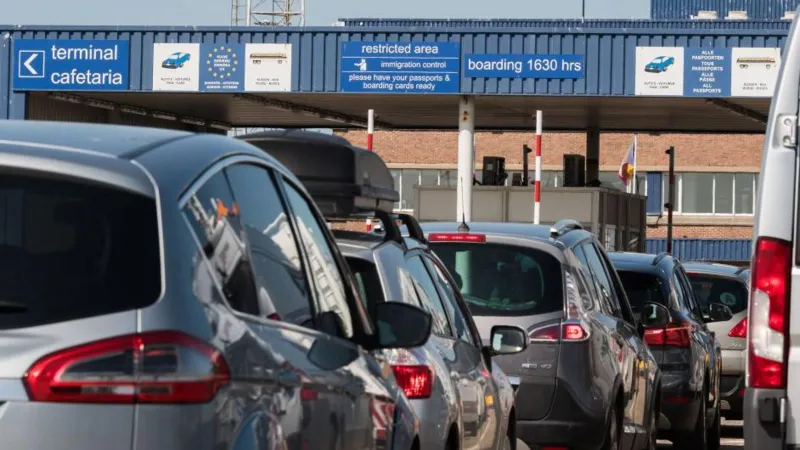Passengers travelling into and out of the European Union will begin undergoing biometric checks instead of having their passports stamped starting October 12, as the EU moves to introduce its new Entry/Exit System (EES).
The change will affect all non-EU travellers, including people from the UK, and will involve scanning fingerprints and taking facial images at the border.
The digital system will replace manual passport stamps and be introduced gradually over six months across member countries, with full implementation expected by April 10, 2026.
Initially planned to launch in November last year, the rollout was postponed due to technical delays.
Under the new plan, travellers from outside the EU will be required to register their biometric data, fingerprints and facial recognition, along with their passport information at the point of departure.
These checks will be carried out at dedicated booths in airports, ports and train stations. Registration will be free of charge.
A spokesperson confirmed that “once the EES is in place, UK nationals will therefore be able to use e-gates where they are available, provided they are registered in the system.” Some countries, such as Germany and Bulgaria, already allow e-gate access for UK citizens.
The biometric record will remain valid for three years. This means that after the initial registration, returning passengers will only need to verify their identity using the stored data, which the EU says will speed up processing times at borders.
Travellers using ePassports will also be able to use e-gates.
Currently, UK travellers have to present their passports at EU borders, where they are checked and manually stamped by officials. However, under EES, those who refuse to provide their biometric data will be denied entry.
The EU says the new system will tighten border security and eventually reduce waiting times, but UK authorities have warned travellers to prepare for delays, especially during peak periods. The registration process will take several minutes per person.
Since Brexit, British travellers have been subjected to more time-consuming checks and stamp requirements at EU borders, often resulting in long queues at airports and terminals like the Eurotunnel and St Pancras.
Concerns have been raised that the new system may lead to even longer queues, especially for car travellers using the Eurotunnel. In response, passengers travelling by car will be provided with handheld registration devices.
French border checks have already been implemented on British soil at points including the Port of Dover, Folkestone, and London’s St Pancras station.
Tourist biometric records will be stored for three years and one day. However, if someone stays beyond the allowed 90-day period without a visa, their information will be retained for five years.
While the EES aims to strengthen EU border control, authorities have pledged that, over time, the process will become smoother as travellers get registered and adapt to the system.

